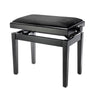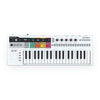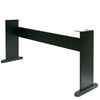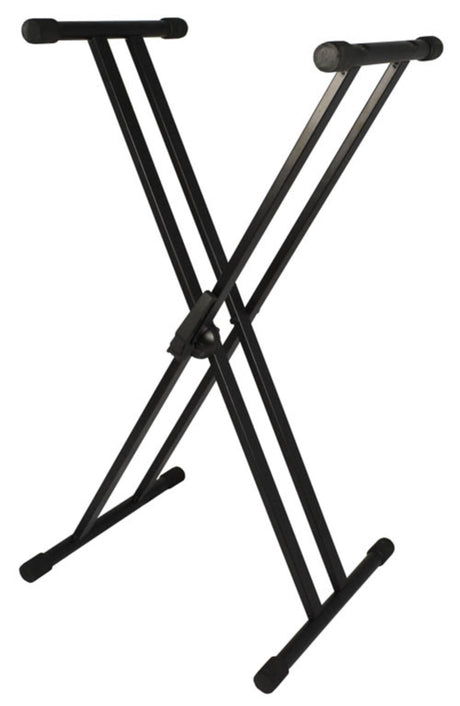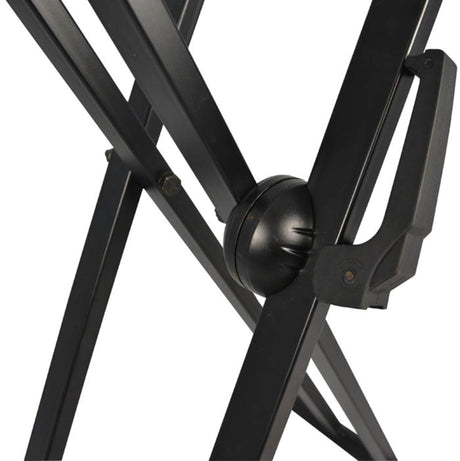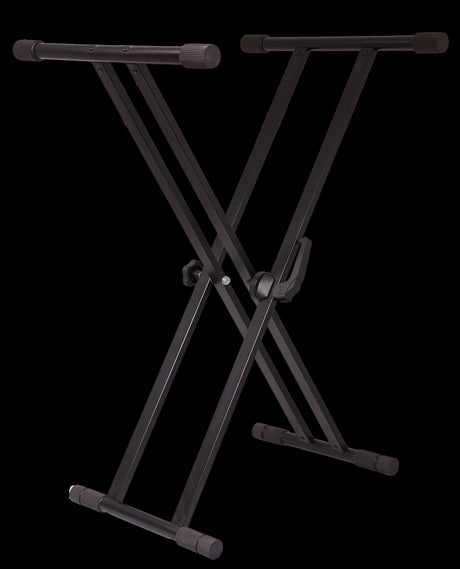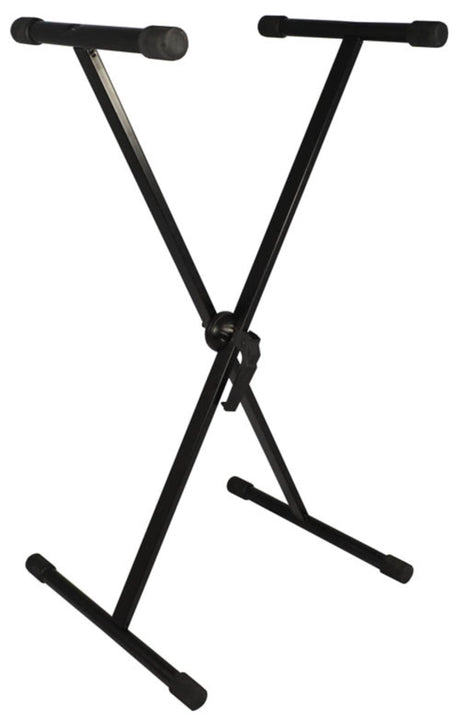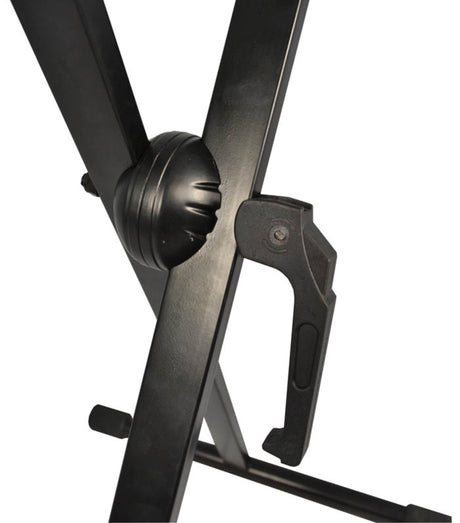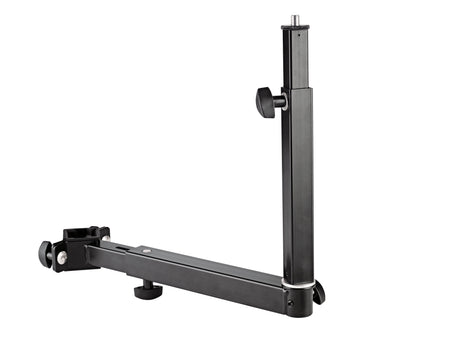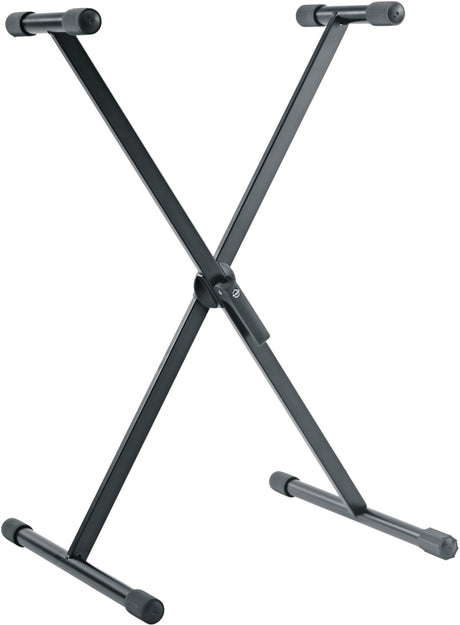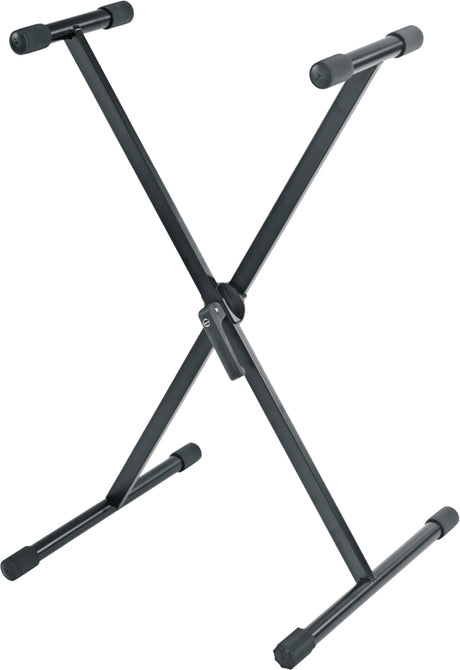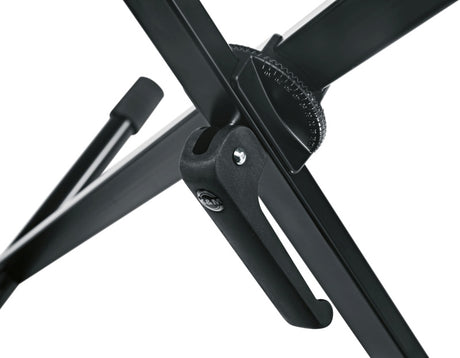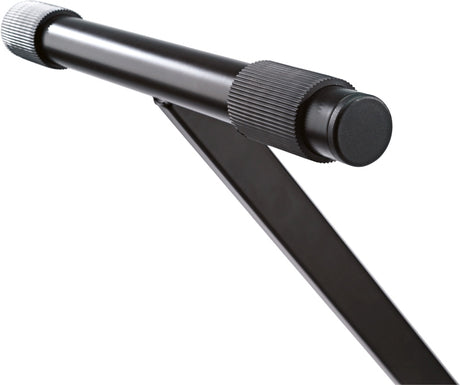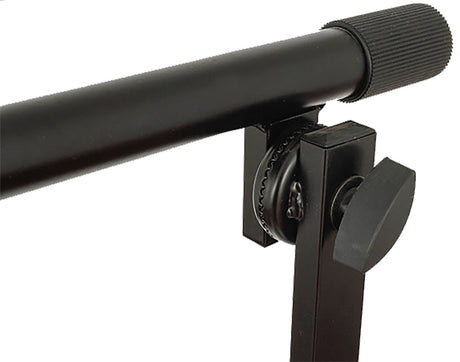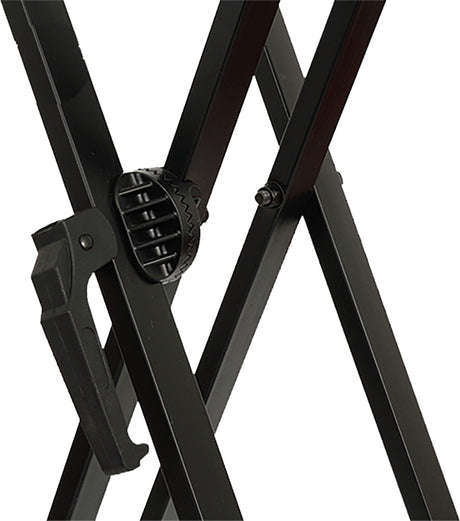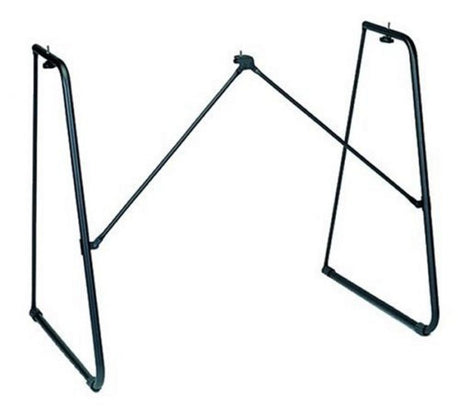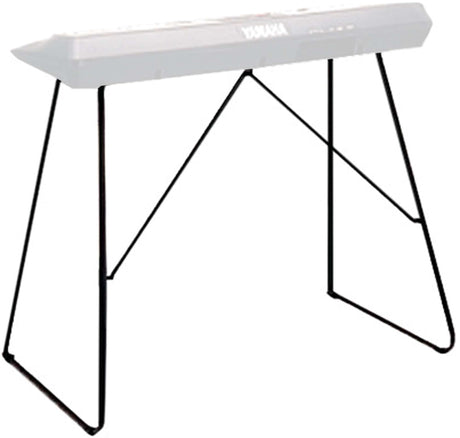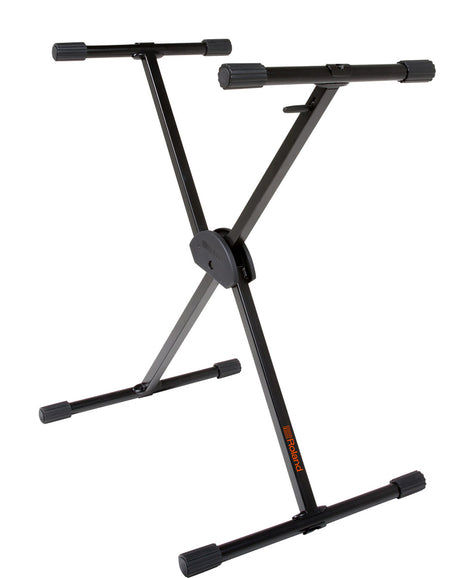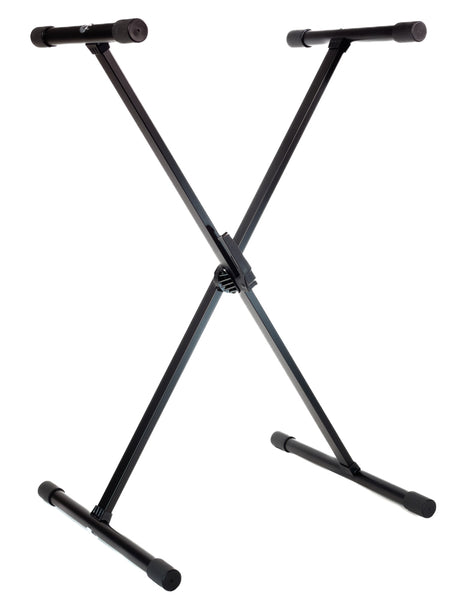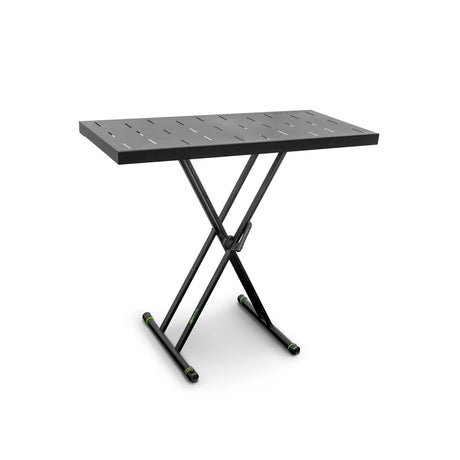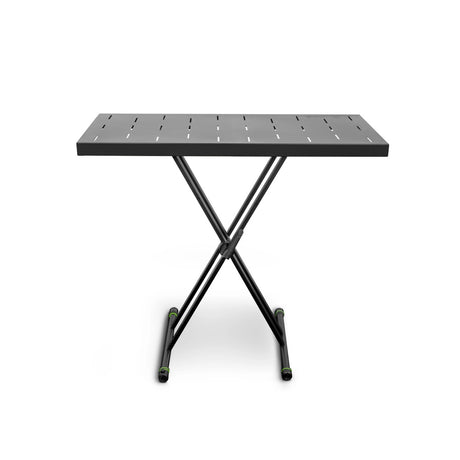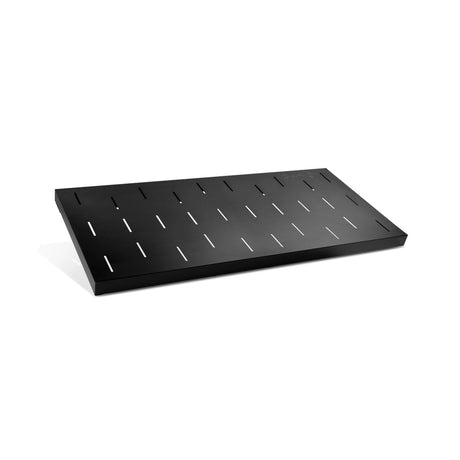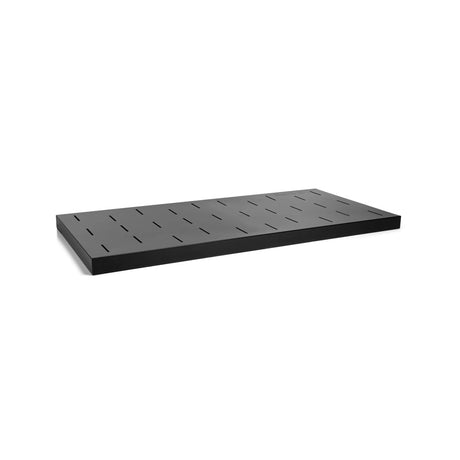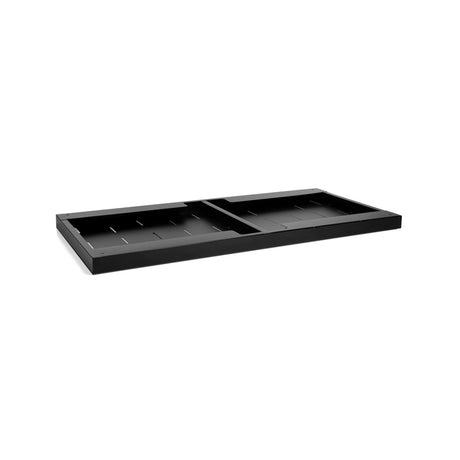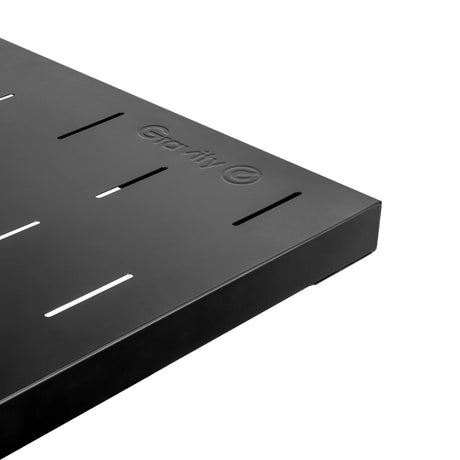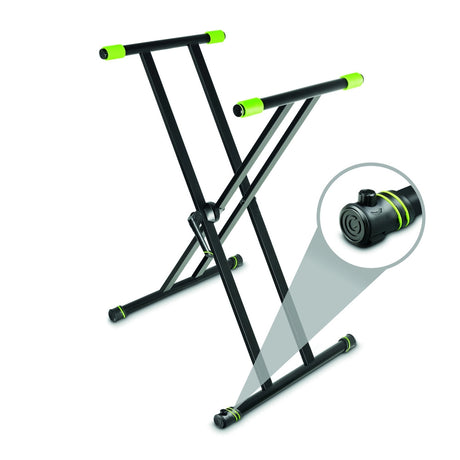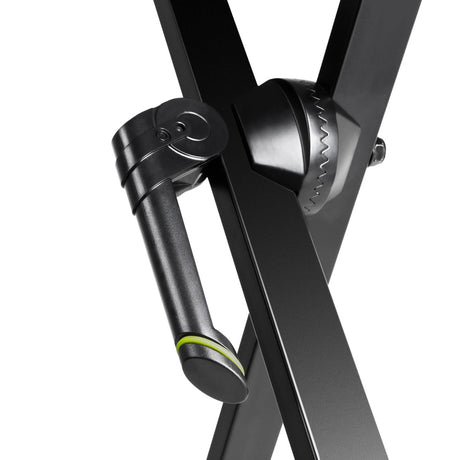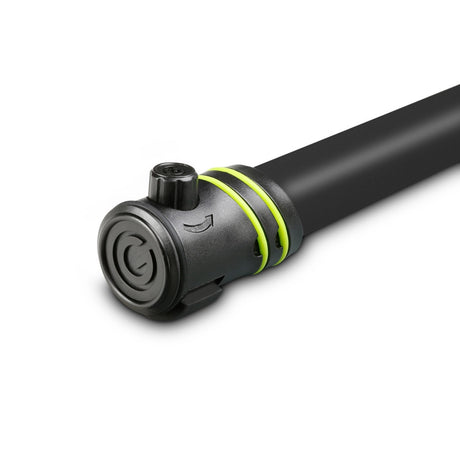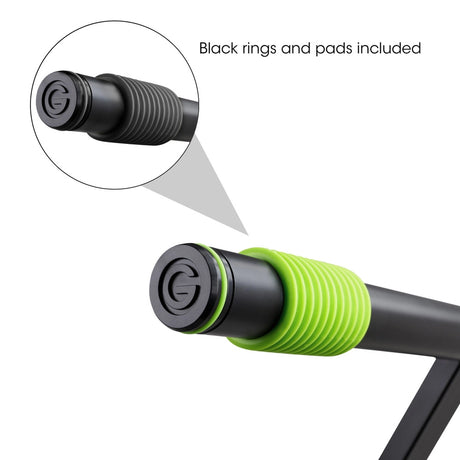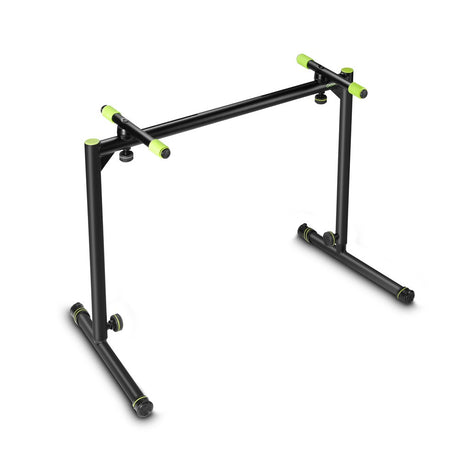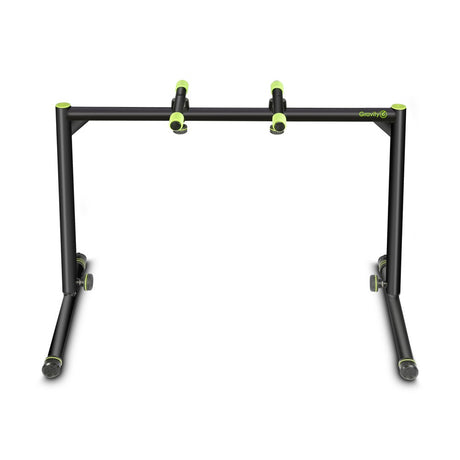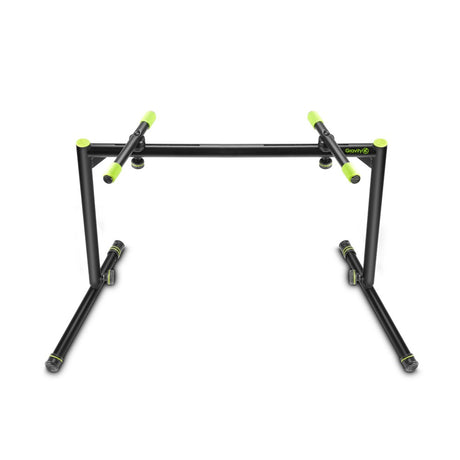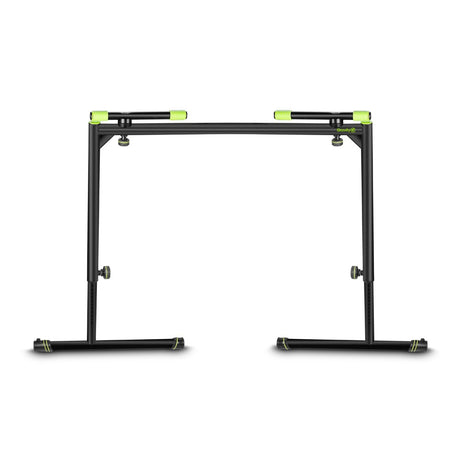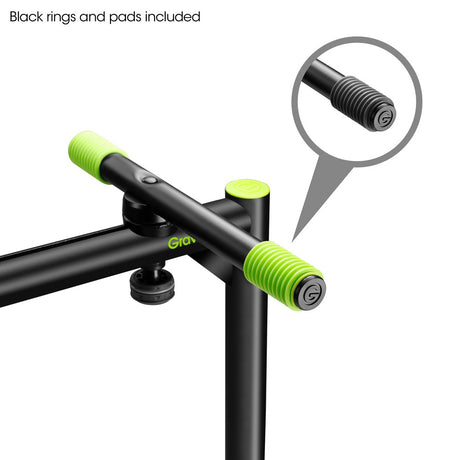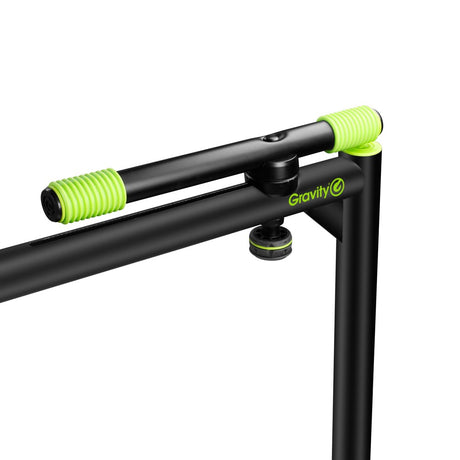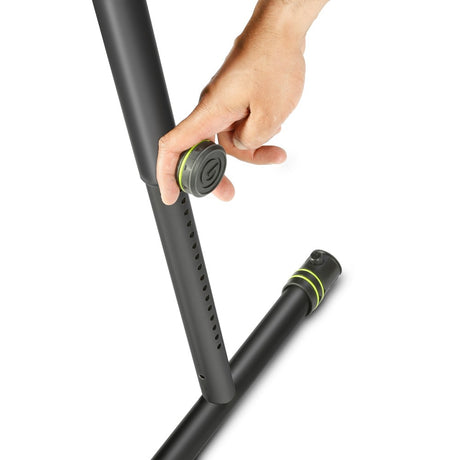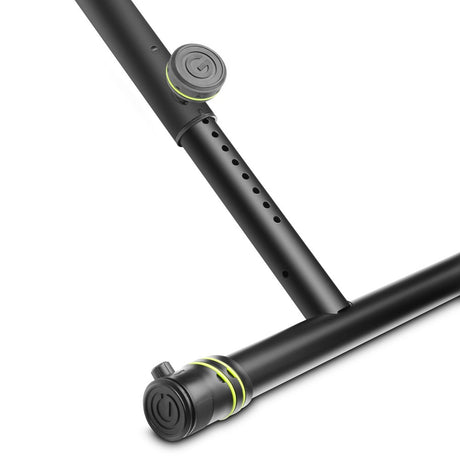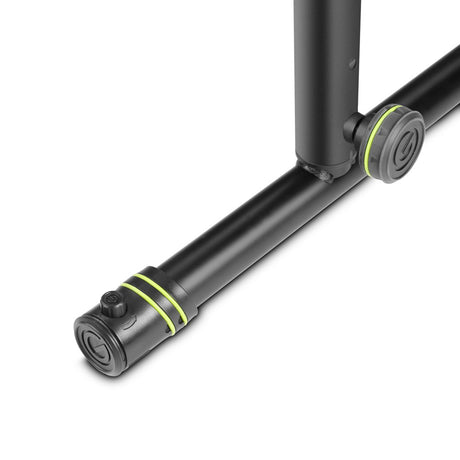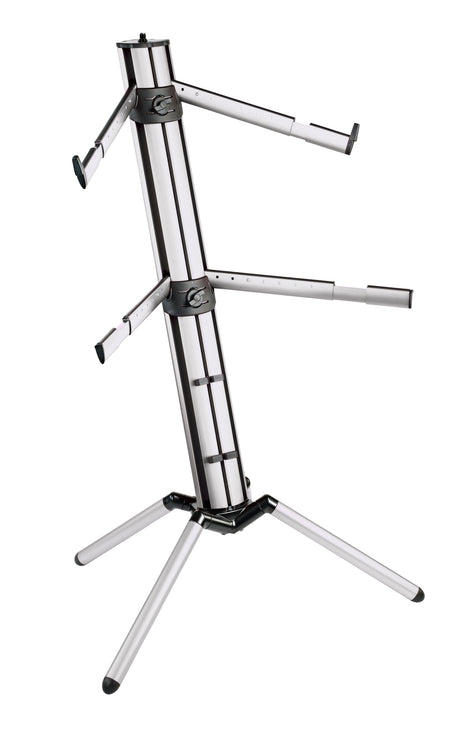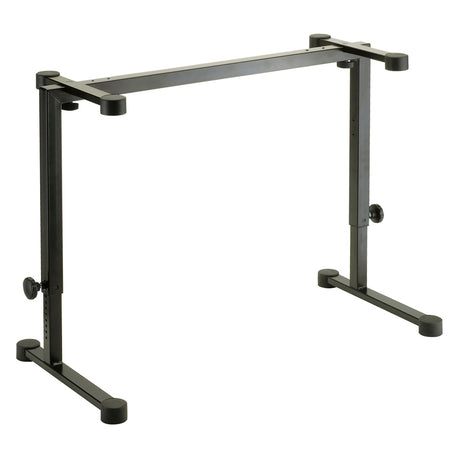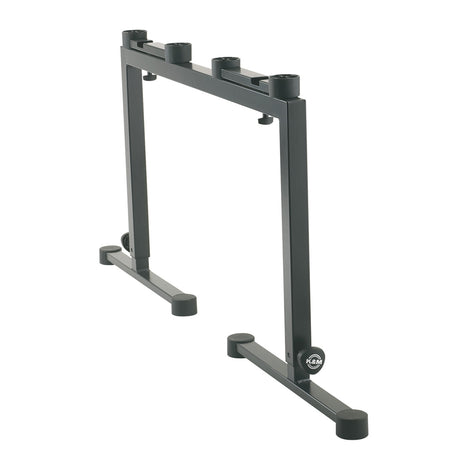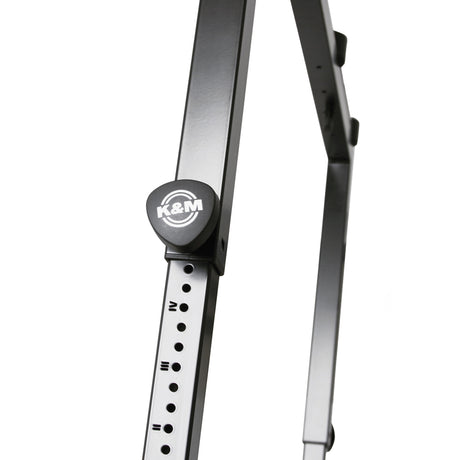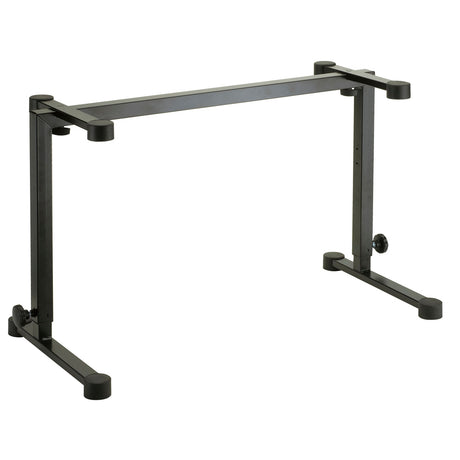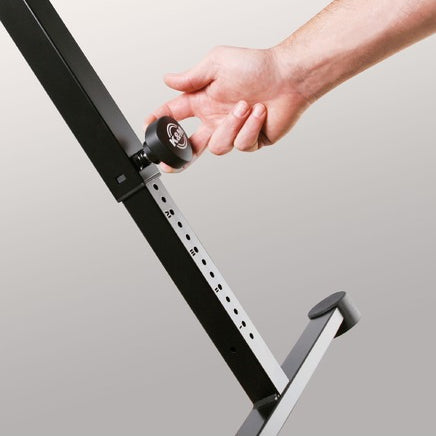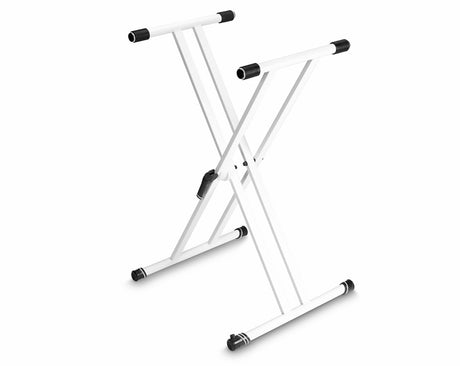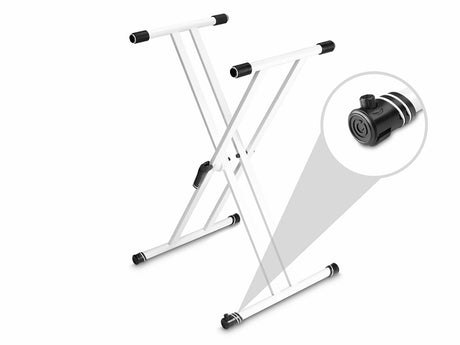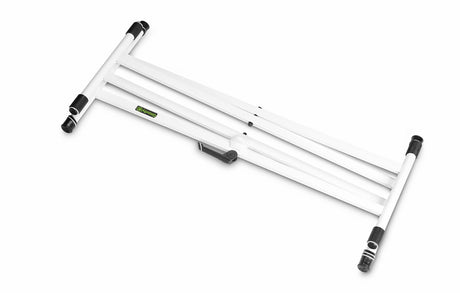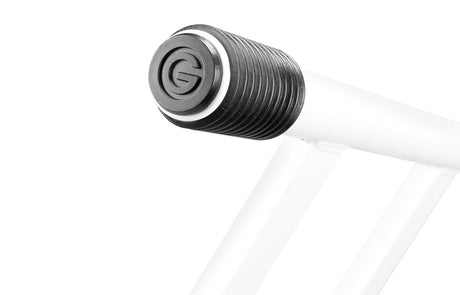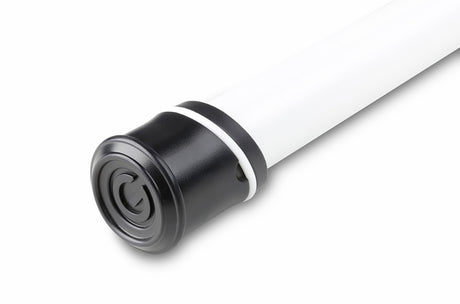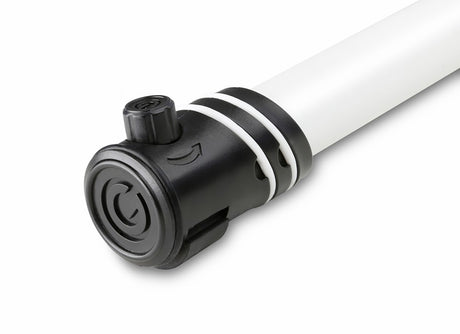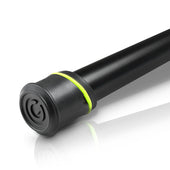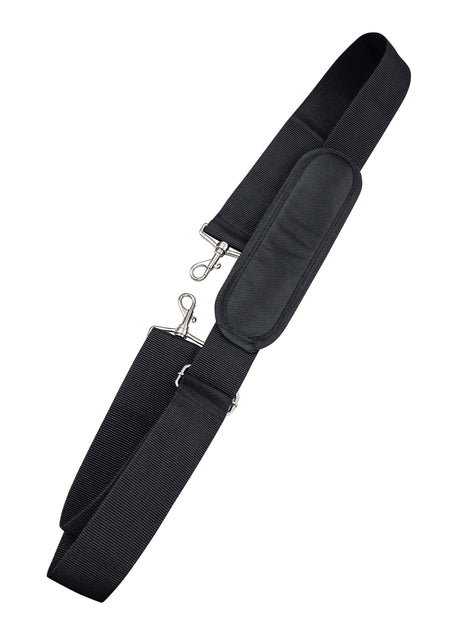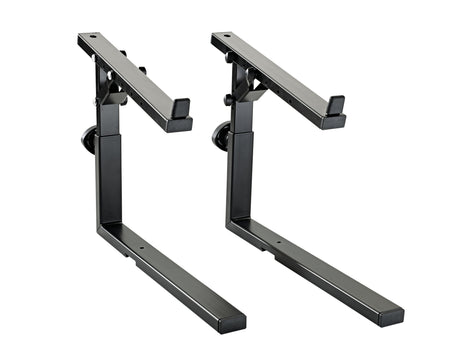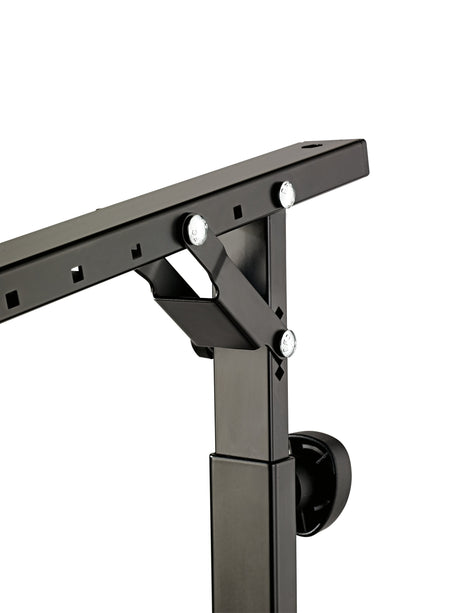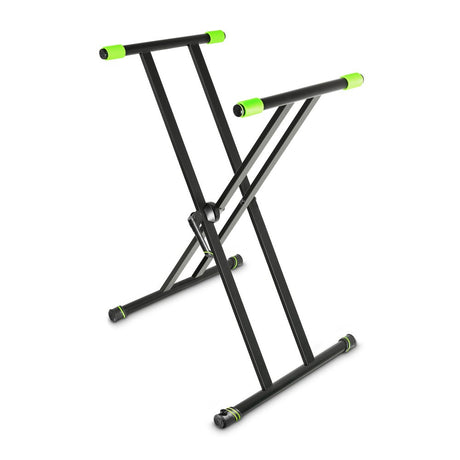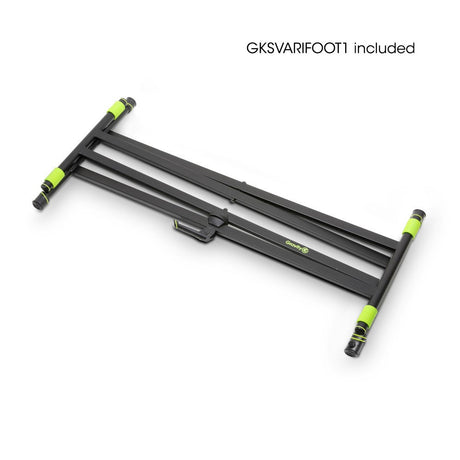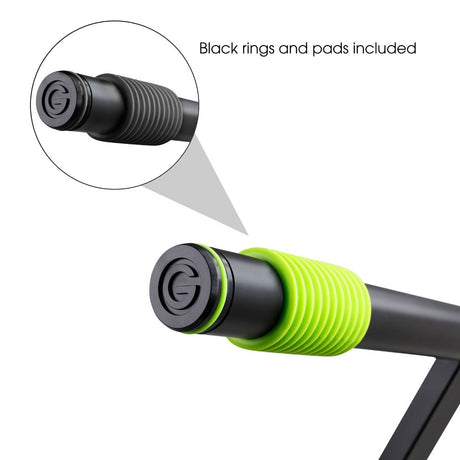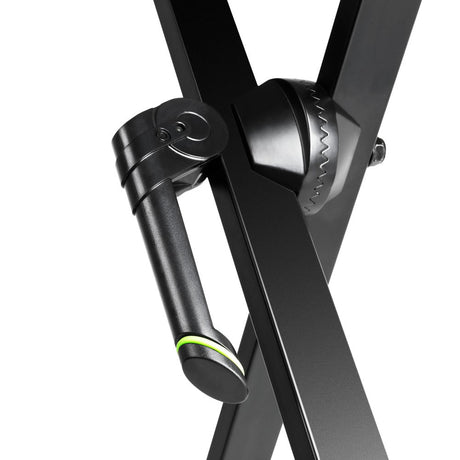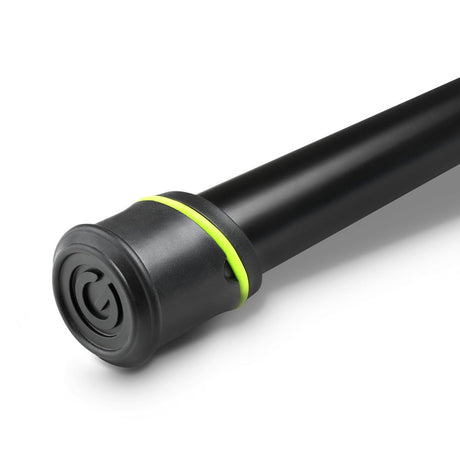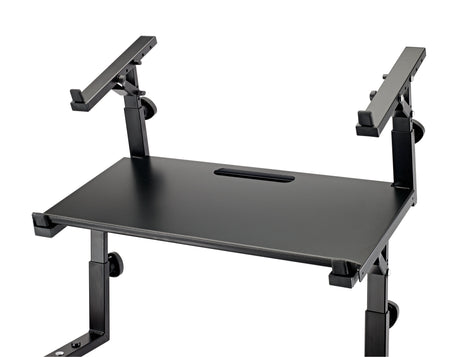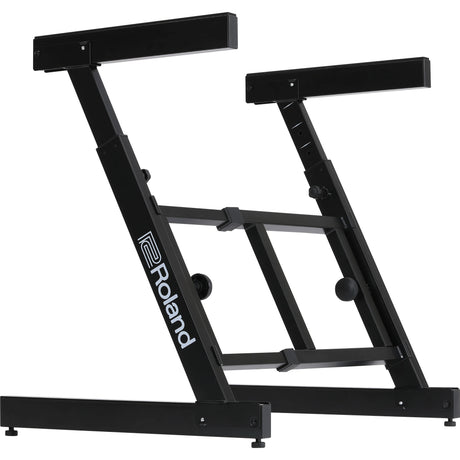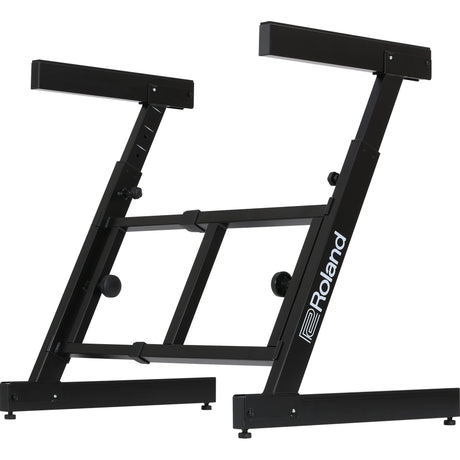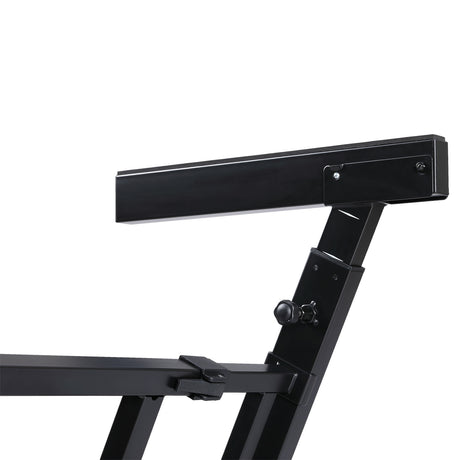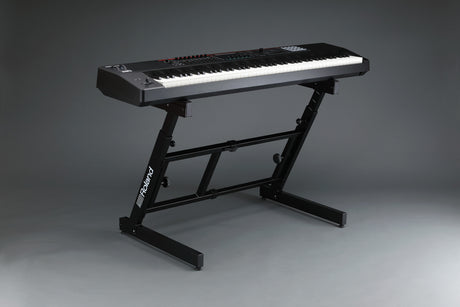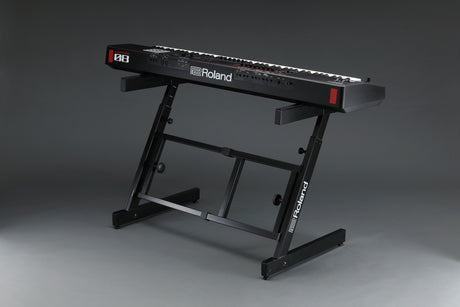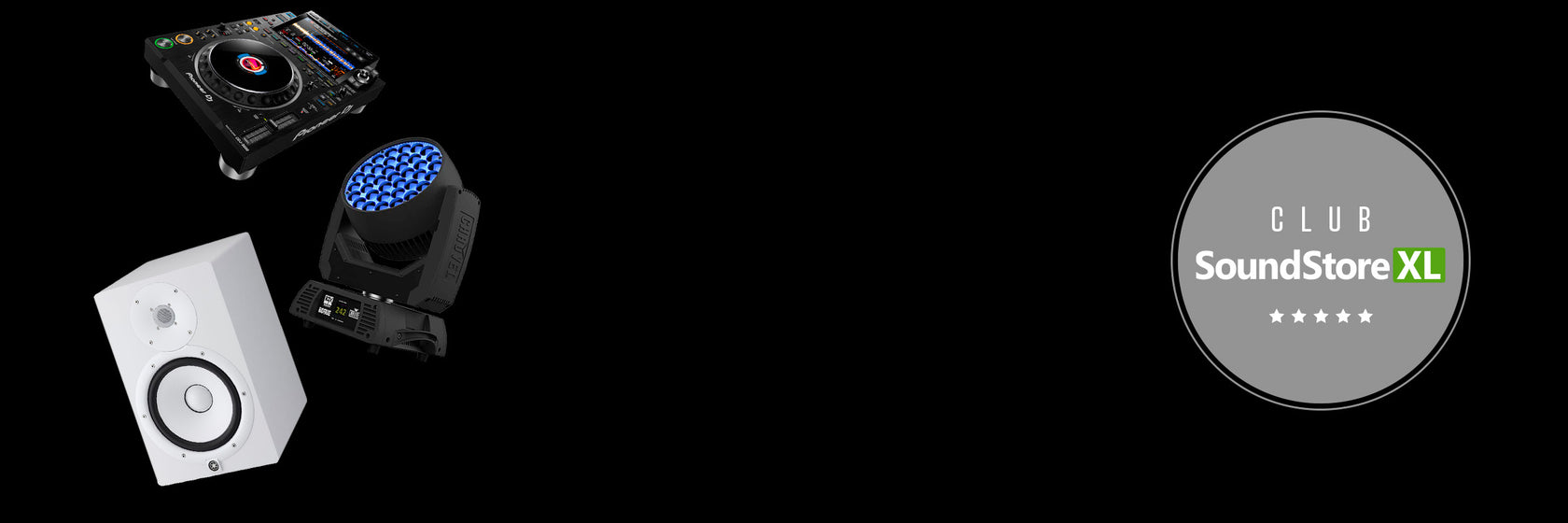Soportes para teclados
(35 productos)


- €5,00 descuento
K&M 18822 Double Stacker for Omega Keyboard Stand (Black)
En stock (1)€120,00Precio por unidad /No disponibleK&M 18820 Omega Pro Keyboard Stand (Red)
Artículo bajo pedido Entrega estimada en: 10 días laborables€241,00Precio por unidad /No disponibleK&M 18807 Universal Arm for Omega Keyboard Stand
En stock (1)€84,00Precio por unidad /No disponibleK&M 18811 Stacker for Omega Keyboard Stand (Red)
Artículo bajo pedido Entrega estimada en: 10 días laborables€134,00Precio por unidad /No disponible- €1,00 descuento
- Artículo bajo pedido Entrega estimada en: 5 días laborables€107,00
€134,00Precio por unidad /No disponible Gravity KSX2RD Keyboard Tripod
Artículo bajo pedido Entrega estimada en: 9 días laborables€80,00Precio por unidad /No disponibleK&M 18860 Spider Pro Keyboard Stand
Artículo bajo pedido Entrega estimada en: 10 días laborables€429,00Precio por unidad /No disponible- Agotado
König & Meyer 18810 Keyboard Stand "Omega" Black
€179,00Precio por unidad /No disponible K&M 18815 Laptop for Omega Keyboard Stand
Artículo bajo pedido Entrega estimada en: 10 días laborables€158,00Precio por unidad /No disponibleGravity Keyboard Tripod KSX 2 (White)
Artículo bajo pedido Entrega estimada en: 9 días laborables€54,00Precio por unidad /No disponible- Artículo bajo pedido Entrega estimada en: 9 días laborables€40,00Precio por unidad /No disponible
K&M 18820 Omega Pro Keyboard Stand (Black)
Artículo bajo pedido Entrega estimada en: 10 días laborables€228,00Precio por unidad /No disponibleK&M 18811 Stacker for Omega Keyboard Stand (Black)
Artículo bajo pedido Entrega estimada en: 10 días laborables€127,00Precio por unidad /No disponible- Artículo bajo pedido Entrega estimada en: 9 días laborables€54,00Precio por unidad /No disponible
K&M 18819 Table Top for 18811 Stacker (Omega)
Artículo bajo pedido Entrega estimada en: 10 días laborables€63,00Precio por unidad /No disponibleK&M 18820 Omega Pro Keyboard Stand (White)
Artículo bajo pedido Entrega estimada en: 10 días laborables€241,00Precio por unidad /No disponibleK&M 18808 Cable Holder for Omega Keyboard Stand
Artículo bajo pedido Entrega estimada en: 10 días laborables€39,00Precio por unidad /No disponibleK&M 18811 Stacker for Omega Keyboard Stand (White)
Artículo bajo pedido Entrega estimada en: 10 días laborables€134,00Precio por unidad /No disponible- Artículo bajo pedido Entrega estimada en: 10 días laborables€135,00Precio por unidad /No disponible
- Artículo bajo pedido Entrega estimada en: 10 días laborables€268,00Precio por unidad /No disponible
Yamaha L300B piano stand for DGX670B
Artículo bajo pedido Entrega estimada en: 11 días laborables€161,00Precio por unidad /No disponible
Read about Soportes para teclados
Read about Soportes para teclados
What to consider when buying a keyboard stand
When selecting a keyboard stand, it’s essential to understand the critical factors that will influence both your performance and the longevity of your equipment. Advanced users know that a keyboard stand is not merely a support structure; it's a crucial component that directly impacts the playability, ergonomics, and overall experience of using a digital piano or keyboard. In this guide, we delve into the intricate details of what makes a keyboard stand suitable for various needs, from home studios to live performances.
Understanding different types of keyboard stands
Before diving into specific features, it’s crucial to differentiate between the types of keyboard stands available on the market. The most common styles include X-style, Z-style, and table-style stands, each offering unique advantages depending on your setup. X-style keyboard stands are widely popular due to their portability and ease of use. These stands feature a scissor-like design that allows for quick setup and takedown, making them ideal for gigging musicians who require a lightweight, foldable solution. However, their stability can be a concern when used with heavier keyboards or during vigorous playing. Z-style keyboard stands offer a more robust and stable platform, making them a preferred choice for heavy-duty keyboards and digital pianos. The Z-frame provides excellent support, particularly for 88-key keyboards, and allows for more legroom and pedal access, which is essential for maintaining proper posture during extended playing sessions. Table-style keyboard stands are typically used in studio environments where stability and permanence are paramount. These stands feature a flat, wide surface that can accommodate multiple keyboards, making them a versatile option for musicians who require a multi-tier setup. Table-style stands are often equipped with adjustable height settings, enabling players to switch between sitting and standing positions easily.
Key features to look for in keyboard stands
When choosing a keyboard stand, there are several features you should prioritize to ensure it meets your specific requirements. The following elements are crucial for optimizing your playing experience: Adjustable height is a fundamental feature, especially for players who alternate between sitting and standing. Look for stands with precise height adjustment mechanisms, such as telescoping legs or hydraulic systems, which allow for seamless transitions and ensure ergonomic positioning. Stability and weight capacity are non-negotiable, particularly if you’re using a heavy digital piano or keyboard. Ensure that the stand you choose has a high weight capacity and features non-slip feet or rubberized grips to prevent any unwanted movement during performances. For added stability, consider stands with double-braced frames or those that incorporate locking mechanisms, which enhance their rigidity and durability. Compatibility with keyboard sizes is another critical consideration. Not all stands are suitable for every keyboard, so it’s essential to choose a stand that can accommodate the width and weight of your instrument. Look for stands that offer adjustable width settings or multiple support arms to ensure a snug fit for your keyboard. Foldability and portability are vital for musicians who travel frequently or have limited storage space. A foldable keyboard stand that can be easily transported and stored without compromising on stability is a must-have for gigging musicians. Z-style and X-style stands are typically more portable than table-style stands, making them ideal for on-the-go use. Additional features such as built-in cable management, adjustable support arms, and quick-release mechanisms can significantly enhance your experience.
Material and construction: why it matters
The materials used in the construction of a keyboard stand can greatly influence its durability, weight, and overall performance. High-quality stands are typically made from materials like steel or aluminum, which provide the necessary strength without adding excessive weight. Steel stands, in particular, are known for their robustness and are often the go-to choice for studio and stage use due to their exceptional stability. However, the choice of material also impacts the stand's weight, which is an important consideration for musicians who need to transport their equipment regularly. While steel stands offer unmatched durability, they can be cumbersome to move. In contrast, aluminum stands offer a good balance between strength and portability, making them suitable for touring musicians. In addition to the frame material, the quality of the stand’s locking mechanisms and joints is equally important. Stands with reinforced joints and high-quality locking clamps provide greater stability and reduce the risk of the stand collapsing during use. Moreover, stands with rubberized feet or non-slip pads offer additional grip, preventing the stand from sliding on smooth surfaces. Another consideration is the stand’s finish, which can affect both its aesthetic appeal and its resistance to wear and tear. Powder-coated finishes are common in higher-end stands, offering a durable and scratch-resistant surface that can withstand heavy use. Anodized aluminum finishes are also popular for their sleek appearance and corrosion resistance, making them ideal for musicians who frequently perform in varying environments.
Tailoring your setup: choosing the right keyboard stand
Selecting the right keyboard stand ultimately depends on your specific needs and playing style. For home studio setups, a table-style stand with multiple tiers might be the best choice, allowing you to stack multiple keyboards or other equipment in a compact space. This setup is ideal for producers and multi-instrumentalists who require easy access to various instruments and controllers. For live performances, a portable Z-style stand with quick-release mechanism and foldable legs offers the perfect balance between stability and ease of transport. These stands are designed to withstand the demands of stage use while providing quick setup and takedown times, which is essential for touring musicians. If you’re looking for a stand that offers maximum flexibility, consider one with adjustable width and height settings. These stands are highly versatile and can accommodate a wide range of keyboard sizes, making them an excellent investment for musicians who own multiple keyboards. Lastly, consider any ergonomic features that can enhance your playing experience. Stands with angled support arms or adjustable tilt options allow you to position your keyboard at the most comfortable angle, reducing strain on your wrists and shoulders during extended playing sessions.


